
My garden diaries revisited; what to plant now
Lesley Ann Sandbach
Late March entries in my 2014 leather-bound garden diary
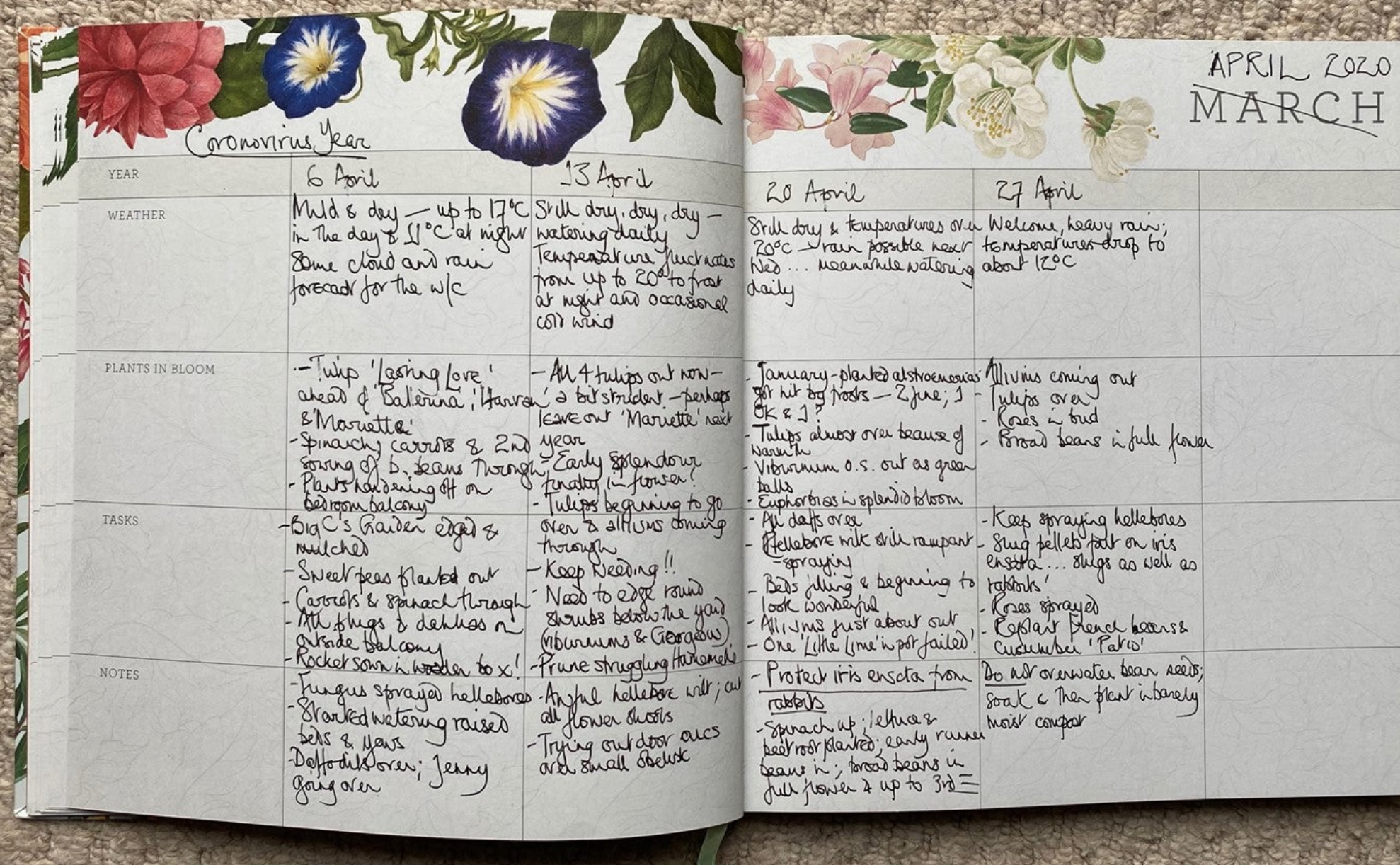
Early April entries in my 2020 5-year garden diary

Agapanthus stands tall and proud with the assistance of carefully placed stakes.
Inspiration for what to grow in the garden doesn’t always need to come from what is ‘new’ or even what is current. As we stride into spring, I’ve been looking back at the notes I’ve made over the years to remind me of what I can be planting right now, so that I have more to enjoy come summer.
For many years I have kept a garden diary, not regularly or to a particular format but just things I want to remember or things that have given me pleasure. My first diary was kept in a lovely little leather-bound book that I bought in Venice. I kept it to hand in the greenhouse and over the years the pages have been alternately damp and desiccated and now they are the colour and texture of old vellum.
This entry is from 2014 and it’s interesting to compare one year with another to see what is successful and what doesn’t work.
Nowadays I keep a more orderly 5-year diary which encourages me to record under the same headings each week. Again, it’s useful to know when the tulips came out and what I thought of the rather strident collection of colours that I had chosen (with the intention of raising our spirits at the end of winter). It inspires me with new ideas for what I might try this year.
And so to the present. Now (late March/April) is the time to be thinking about planting summer bulbs and fleshy-rooted perennials. Companies such as Bloms Bulbs have an extensive catalogue of summer-flowering bulbs. Like any plant, the more care you take with preparing the soil in advance: digging a generous hole, adding compost and a sprinkling of fertiliser and watering weekly in their first season, the more they will reward you with flowers.
Just a few of my favourites that are available from suppliers for planting now include:
Agapanthus: I have 7 or 8 different varieties in the garden and love them both in the border and as cut flowers. These fleshy-rooted plants come in every blueish shade from ice white to deep purple – Winrow Nurseries in Somerset has dozens of different varieties. Plant them in a sunny border with about 5cm of soil on top of the roots and mulch if the weather gets very cold. Normally, the heads hold themselves erect but, in a windy garden such as mine, I find a few carefully placed stakes keep the clump together.

Alstroemeria tubers are available in a wide variety of splashy colours. Try Bloms Bulbs

One of our all-time favourites, Allium ‘Purple Sensation’
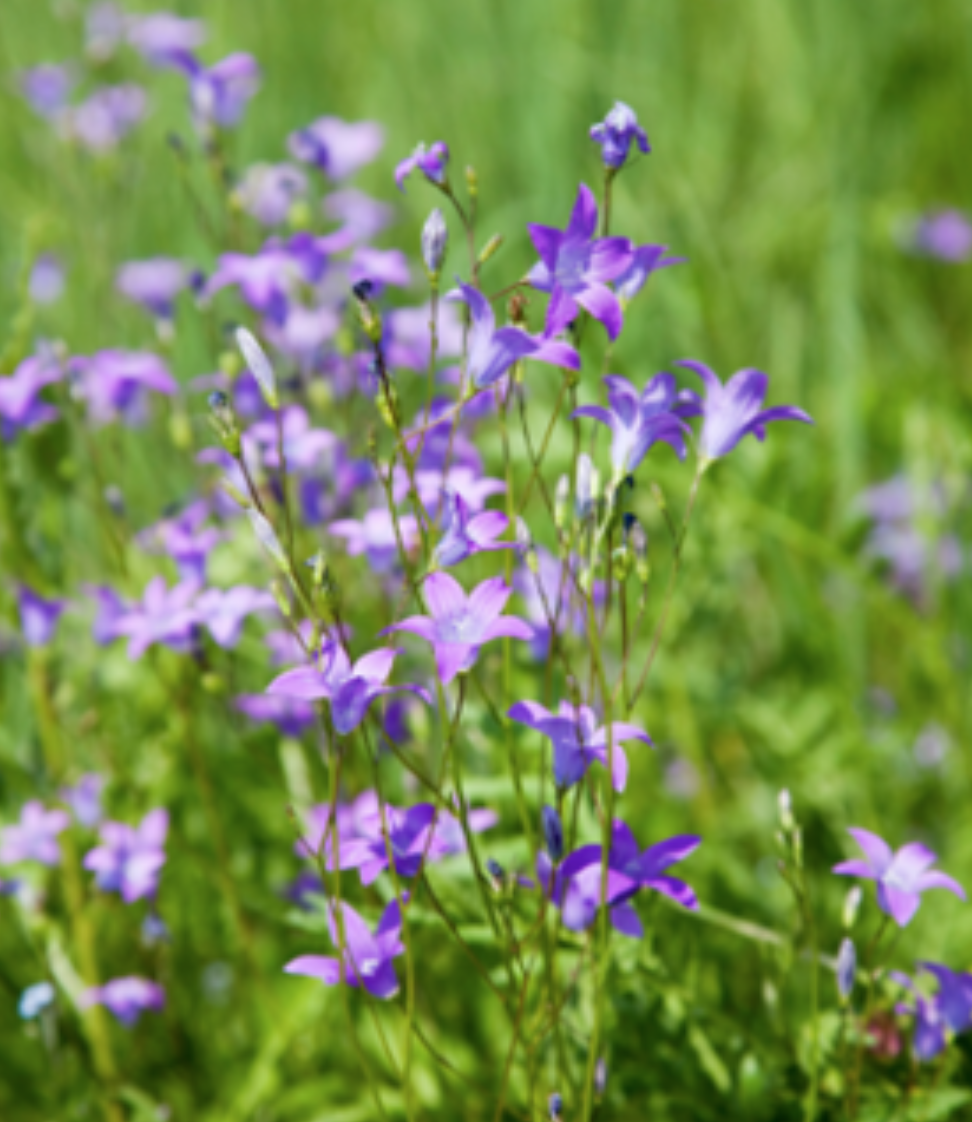
The dainty but striking Campanula lactiflora ‘Favourite’
Alstroemeria: These fleshy-rooted plants are wonderful in the cutting garden or in the border. I find they don’t like to be moved around but, once established, they thrive and flower for months. Plant in a sunny, sheltered position and mulch well in the autumn. I do find that the taller varieties flop so I use a one ring herbaceous support to keep them in place.
Alliums: What border is complete without the stately drumstick heads of alliums rising above the border in May? Varieties like christophii or schubertii work well at the front of the border but the big purple spheres of ‘Globemaster’ and ‘Purple Sensation’ glow in the middle of the border where other planting can hide their floppy, strap-like leaves.
Campanulas: Known as bell flowers, these lovely perennials come in a variety of soft shades from white, through lavender and pink to purple. There are tiny ones for rockeries but my favourites are the stately spires of bells, such as Campanula lactiflora or Campanula ‘Sarastro’, that blend seamlessly into any border. They will make huge clumps over time and do need some support – a one ring herbaceous support or an ornamental grass support will disappear into the background as the plant grows.
Dahlias: I used to think dahlias were too big and blowsy for the herbaceous border but there are so many varieties and colour combinations to choose from that there is a plant for every situation. Have a look at Sarah Raven’s suggestions for how to combine different varieties. Depending how you grow them, whether as single plants or as rows in a cutting garden, they do need some support. A one-ring grid will give all the support a plant needs or use stakes in threes or fives with twine around them to hold big clumps upright.
Lilies: Although I love lilies, particularly the traditional cottage garden varieties such as Lilium candidum (the Madonna lily) and Lilium regale (the Royal lily), they do come with a warning. Keep a sharp eye open for lily beetle - those shiny red beetles whose larvae feed on the leaves and leave their excrement all over the stems. Squash them as soon as you see them! Plant the bulbs in groups of 3 or 5 in sun or light shade, where they won’t be disturbed. Lilies are reliably perennial – reappearing year after year – so bear this in mind when you choose where to plant them.
Paeonia: If you haven’t planted your bare-rooted peonies during the dormant period, you can get a container-grown one in now just before they start into growth producing those wonderful, fat, red shoots and then the full-blown heads that are so susceptible to wind and rain! Make sure you pop a peony support over the plant when it goes in to give it the right support from the start!
These are just a few of my ‘must-haves’ but there are so many more favourites to talk about, some of them perfect for the cutting garden, which I’ll be talking about in a later garden diary blog post.
Browse our complete range of plant supports at www.muntons.net
Follow us on Pinterest for more advice and inspiration for your English country garden: www.pinterest.co.uk/plantsupports
Follow us on Instagram: www.instagram.com/muntons_plant_supports
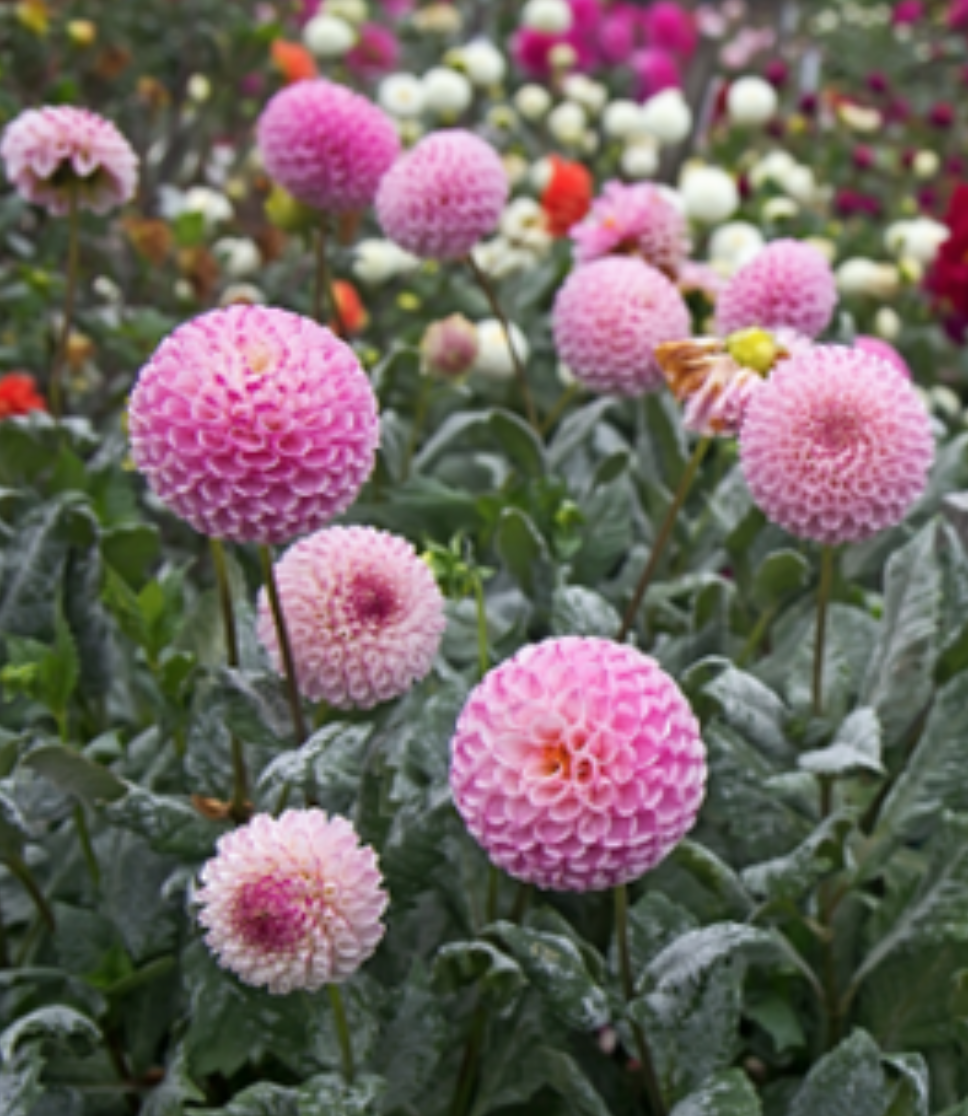
Dahlia ‘Cornel’ is one of the blowsier varieties, yet there is a variety to suit every gardener’s taste
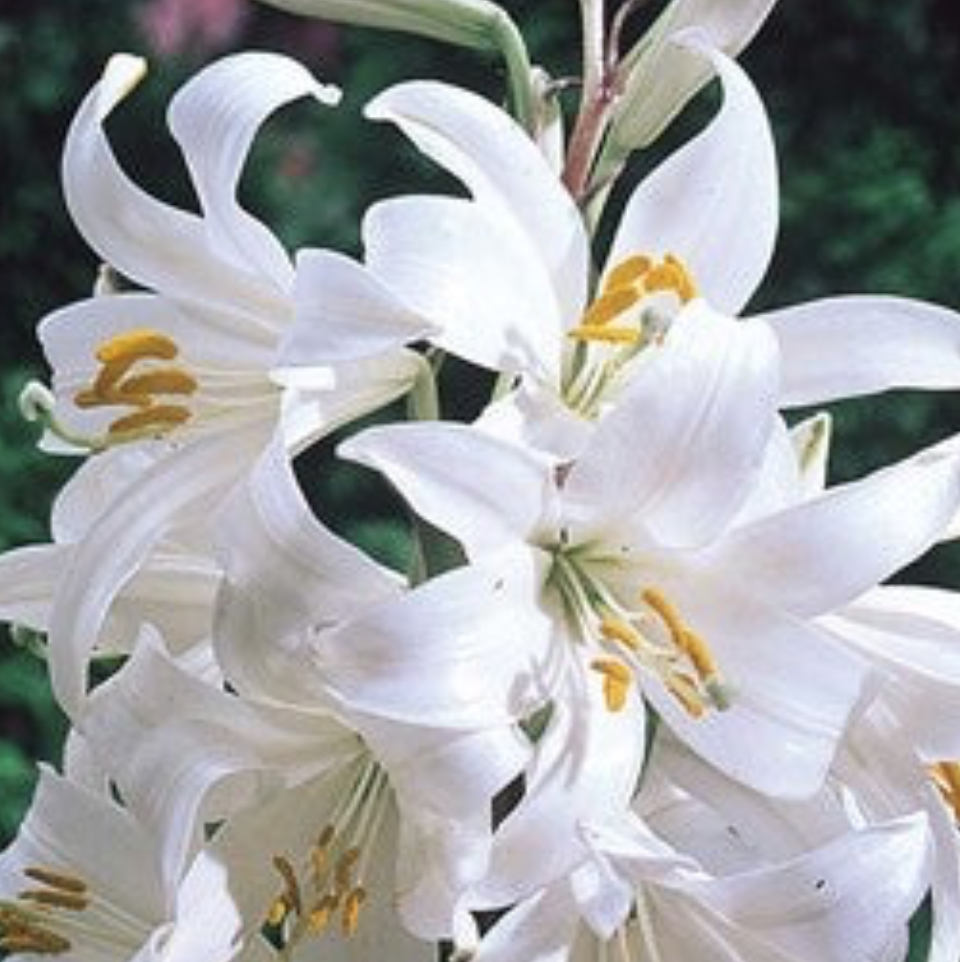
Lilium candidum, the Madonna Lily. Keep an eye out for lily beetle!
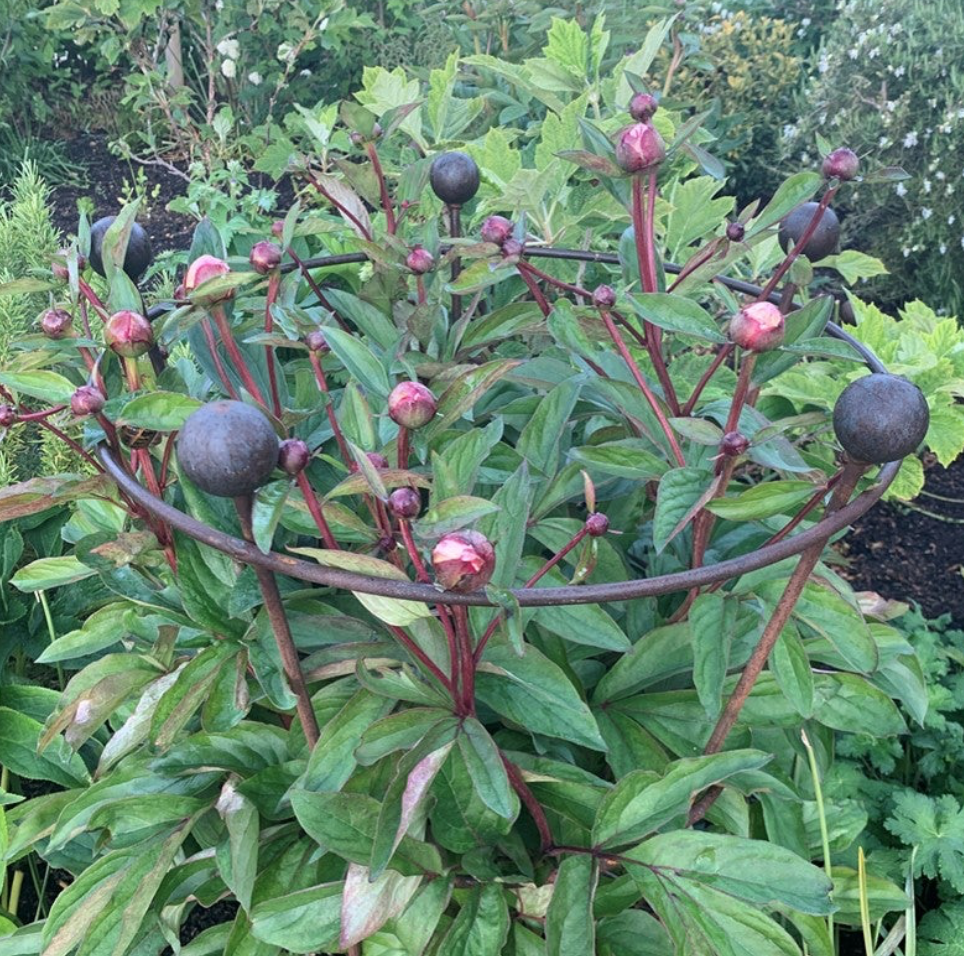
A peony surging upwards, supported by one of our two-ring peony supports.
